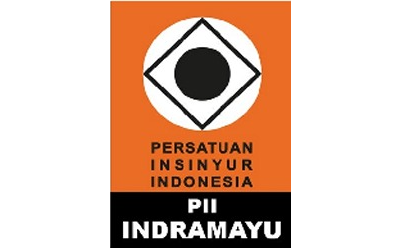Pendeteksi Kehadiran menggunakan ESP32 untuk Sistem Pengunci Pintu Otomatis
Abstract
The design of the detection system in this study using ESP32 module that includes Wi-Fi: 802.11 b / g / n and Bluetooth: v4.2 BR / EDR and Bluetooth Low Energy (BLE). In general, the automatic door lock system using a fingerprint or RFID card in its implementation, but this study using BLE which is a component of iBeacon which has a function as a result of the fingerprint and RFID card. ESP32 have a duty to control the door lock in order to open and lock the door using relays and solenoid system, in addition to the BLE on ESP32 serves to detect the presence of individuals where Bluetooth Device Address (BD_ADDR) smartwatch or individual gadget is already registered on ESP32. Based on the experimental results, the system can detect a user's presence smartwatch on the Received Signal Strength Indicator (RSSI), which is determined on the program was uploaded to ESP32. This system can also be developed in the future and applied to a variety of special purposes such as absenteeism, indoor mapping, and smart home.
Full Text:
PDFReferences
A. Noor, & Benekdiktus, A. (2016). BLE Observer Device Menggunakan Raspberry Pi 3 untuk Menentukan Lokasi BLE Broadcaster. Pros Ding SNATIF Ke-3 Tahun 2016, 3, 181–188.
Booranawong, A., Jindapetch, N., & Saito, H. (2018). A System for Detection and Tracking of Human Movements Using RSSI Signals. IEEE Sensors Journal, 18(6), 2531–2544. https://doi.org/10.1109/JSEN.2018.2795747
Chandan, A. R., & Khairnar, V. D. (2018). Bluetooth Low Energy (BLE) Crackdown Using IoT. Proceedings of the International Conference on Inventive Research in Computing Applications, ICIRCA 2018, Icirca, 1436–1441. https://doi.org/10.1109/ICIRCA.2018.8597189
Essa, E., Abdullah, B. A., & Wahba, A. (2019). Improve performance of indoor positioning system using BLE. Proceedings - ICCES 2019: 2019 14th International Conference on Computer Engineering and Systems, 234–238. https://doi.org/10.1109/ICCES48960.2019.9068142
Minami, Y., Saka, R., Kohno, E., & Kakuda, Y. (2019). On the effect of BLE beacons on fast bluetooth connection establishment scheme. Proceedings - 2019 7th International Symposium on Computing and Networking Workshops, CANDARW 2019, 28–32. https://doi.org/10.1109/CANDARW.2019.00012
Mouhammad, C. S., Allam, A., Abdel-Raouf, M., Shenouda, E., & Elsabrouty, M. (2019). BLE Indoor Localization based on Improved RSSI and Trilateration. Proceedings of the International Japan-Africa Conference on Electronics, Communications and Computations, JAC-ECC 2019, 17–21. https://doi.org/10.1109/JAC-ECC48896.2019.9051304
Nunna, A., Varma, A., Rubesh Kumar, R., Tarun, S., & Sangeetha, M. (2019). Classroom Automation Using RSSI. 2019 IEEE 1st International Conference on Energy, Systems and Information Processing, ICESIP 2019, 1–6. https://doi.org/10.1109/ICESIP46348.2019.8938387
Pujiana, D. I., Handayani, A. S., & Aryanti. (2017). Perancangan Wireless Sensor Network Dalam Sistem Monitoring Lingkungan. Prosiding Annual Research Seminar 2017 Computer Science and ICT, 3(1), 199–202.
Rosenthal, J., & Reynolds, M. S. (2019). A 158 pJ/bit 1.0 Mbps Bluetooth Low Energy (BLE) Compatible Backscatter Communication System for Wireless Sensing. 2019 IEEE Topical Conference on Wireless Sensors and Sensor Networks, WiSNet 2019, 1–3. https://doi.org/10.1109/WISNET.2019.8711794
Santoso, B. (2016). Pengaruh Keberadaan Objek Manusia Terhadap Stabilitas Received Signal Strength Indicator (Rssi) Pada Bluetooth Low Energy 4.0 (Ble). Telematika, 13(1), 11. https://doi.org/10.31315/telematika.v13i1.1715
DOI: https://doi.org/10.31884/jtt.v7i1.318
Refbacks
- There are currently no refbacks.
Copyright (c) 2021 JTT (Jurnal Teknologi Terapan)

This work is licensed under a Creative Commons Attribution-NonCommercial-NoDerivatives 4.0 International License.
 Creative Common Attribution-ShareAlike 4.0 International (CC BY-SA 4.0)
Creative Common Attribution-ShareAlike 4.0 International (CC BY-SA 4.0)













